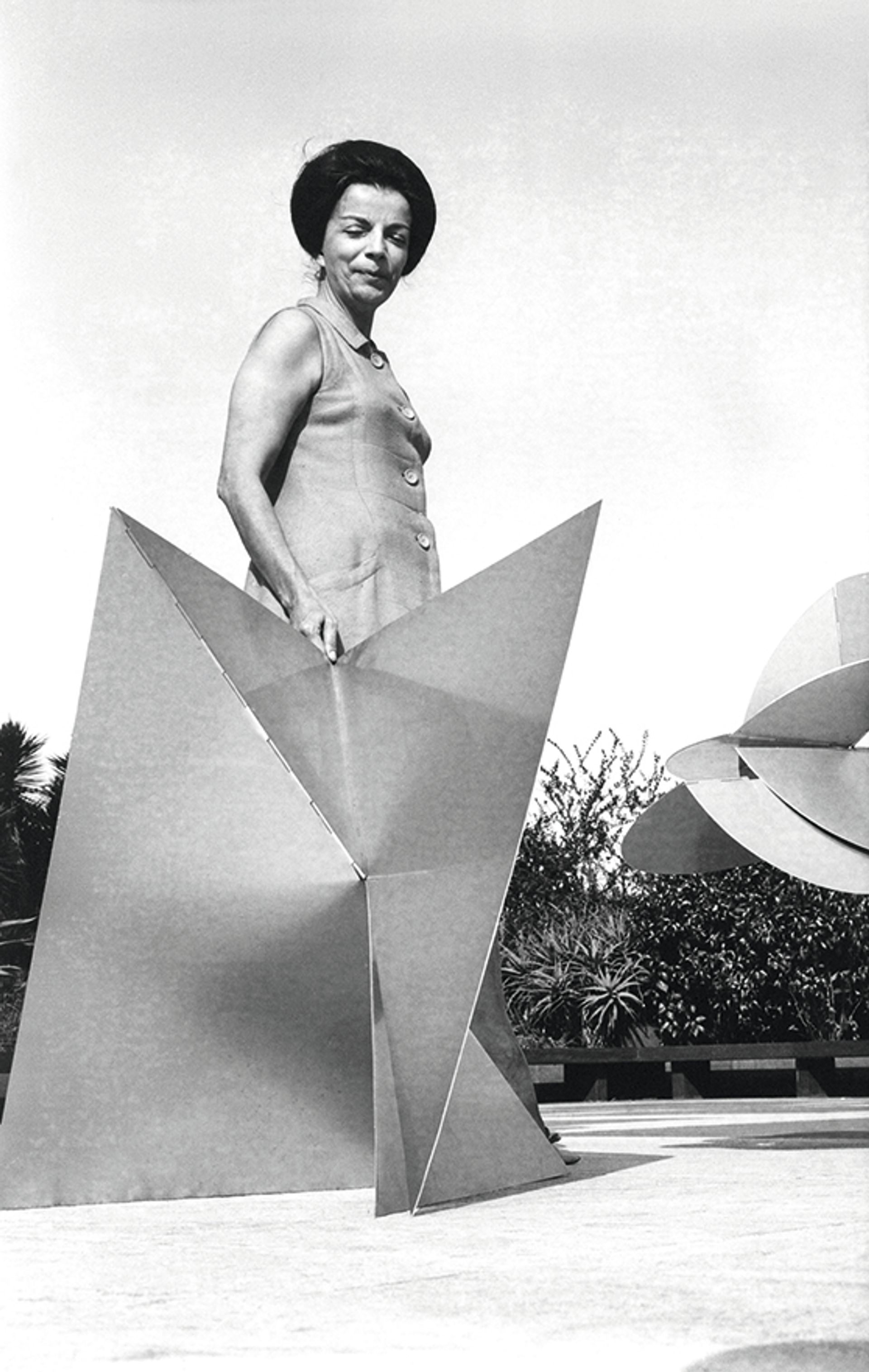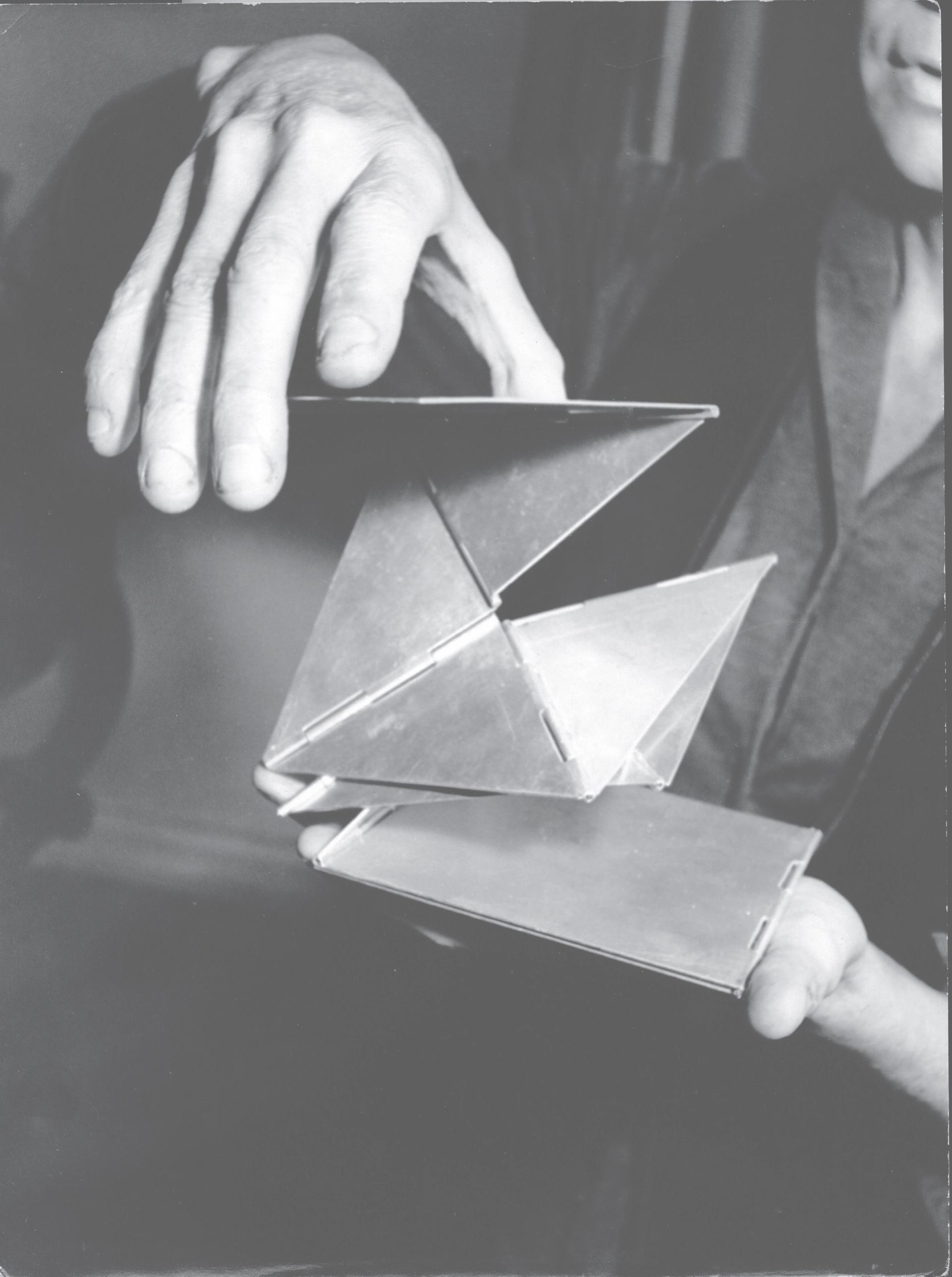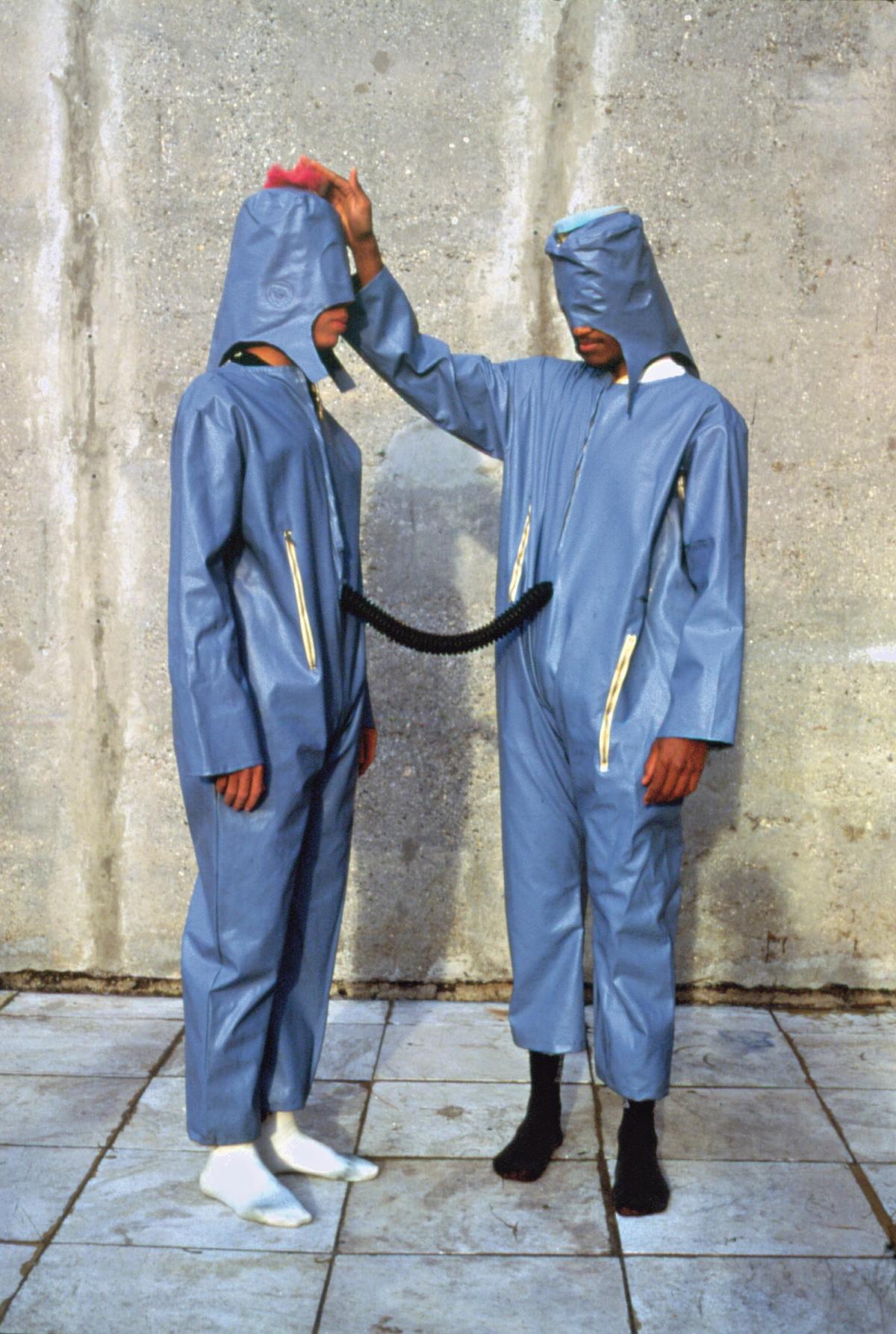A major exhibition dedicated to Lygia Clark (1920-88), the Brazilian artist who in the 1960s dramatically recalibrated the relationship between artist and audience, is now open at Whitechapel Gallery. Clark had a solo show at Signals gallery in London in 1965, and has been included in various group shows, but this is the first time she has been given a significant solo show by a UK institution.
The exhibition builds on the Whitechapel Gallery’s history of championing artists from all over the world and Latin America in particular, from Frida Kahlo and Tina Modotti to Hélio Oiticica, Tunga and Alfredo Jaar. From its beginnings in 1901, “the gallery has been locally embedded but globally connected”, says the director Gilane Tawadros.
The exhibition spans the mid 1950s to the early 1970s—some of the most repressive years of Brazil’s military dictatorship—when Clark spent time in Paris, returning to Rio de Janeiro permanently in 1976. The period coincides with her move away from geometric abstraction towards a greater focus on sensory experience and on closing the gap between work and audience. By the end of her life, Tawadros says, “she saw it as a form of therapy, a form of healing”.
The show takes its title from one of Clark’s most experimental works, The I and the You (1967), a work that she termed a “proposal”, to signal its state of incompleteness. The work becomes complete when two people interact while wearing Clark’s specially designed suits, which cover their eyes and connect them by a sort of umbilical cord. The suits are lined with materials including foam, water and rubber, which the participants can explore by opening various pockets.

Clark with one of her Bicho sculptures in Rio de Janeiro. The Bichos are hinged forms designed to be manipulated
Courtesy Associacão Cultural O Mundo de Lygia Clark
The work signals a way of thinking about art that, Tawadros says, “speaks to this moment, now, to generations of artists and audiences who are thinking about these questions of how we are in the world, how we relate to each other at a time when we are looking at each other’s separateness and difference rather than the points that connect us to each other as human beings.”
Generational connections
To make the point, the British artist Sonia Boyce’s exhibition An Awkward Relation (until 12 January 2025) runs alongside and in dialogue with the Clark show, which she has co-curated with Tawadros and the Anglo-Brazilian art scholar Michael Asbury.
Boyce got to known Clark’s work in the 1990s, and the pairing emphasises not only their connection across generations and geography but also their shared journey from two-dimensional works to three-dimensional objects, to works that are “about participation, touch, interaction, engagement”, Tawadros says.
Clark’s works made after around 1960 present a significant challenge to curators, since they do not fully exist outside the moment in which they are experienced. Replicas of The I and the You suits have been provided by the Associação Cultural Lygia Clark, and are available for visitors to wear; the gallery is also screening a 2012 recreation of the work.
Works to be held and felt
Other pieces are simply too fragile to be handled regularly. An opening display of paintings and works on paper is followed by examples of Bichos (beasts or critters), Clark’s extensive series of hinged forms made from wood or metal, and designed to be held and manipulated by the viewer. While the originals are displayed behind glass, replicas made with the authorisation of the artist’s estate are available for visitors to touch and interact with exactly as Clark intended.

Lygia Clark, Bicho de Bolso, 1967
Photo Michel Desjardins. Courtesy of Associacão Cultural O Mundo de Lygia Clark
It is a mark of Clark’s status in Brazil that in 1971 the singer Caetano Veloso dedicated a song to her, If You Hold a Stone. It probably refers to Stone and Air (1966), Clark’s first “sensorial object”, comprising an air-filled bag with a stone resting over one corner. Holding it between two hands she squeezed the bag in time with her breathing, making the stone move in and out, a manifestation of the internal workings of her body.
Similar works, using plastic bags, paper, seeds, fruit netting and glue to focus and express bodily experience, dominated the 1960s and led to participatory group work that Clark developed following her time in Paris during the May 1968 protests. Performances of Corpo Coletivo (1970) and Elastic Net (1974) will be “activated” on Saturdays throughout the exhibition’s run.
More than most, the exhibition requires the memories of those who knew and worked with Clark. “It can never be the same as when the work is activated by a living artist, but we’re going to try and be as true as we can,” Tawadros says.
- Lygia Clark: The I and the You, Whitechapel Gallery, London, until 12 January 2025


